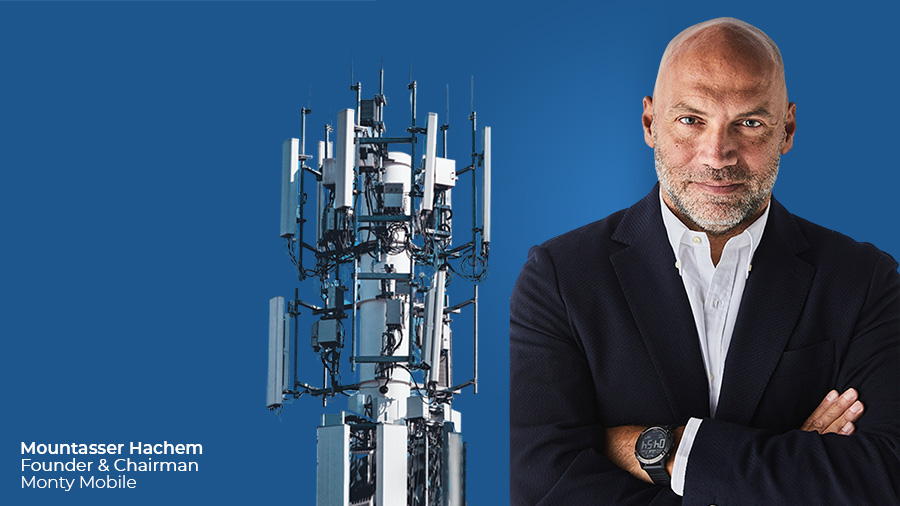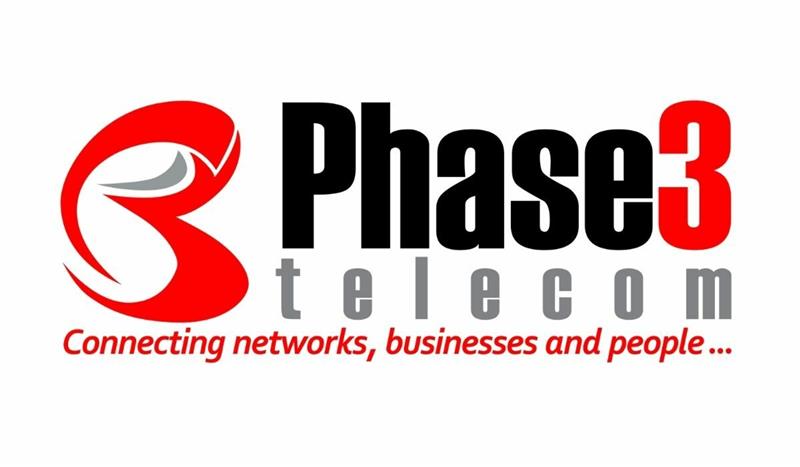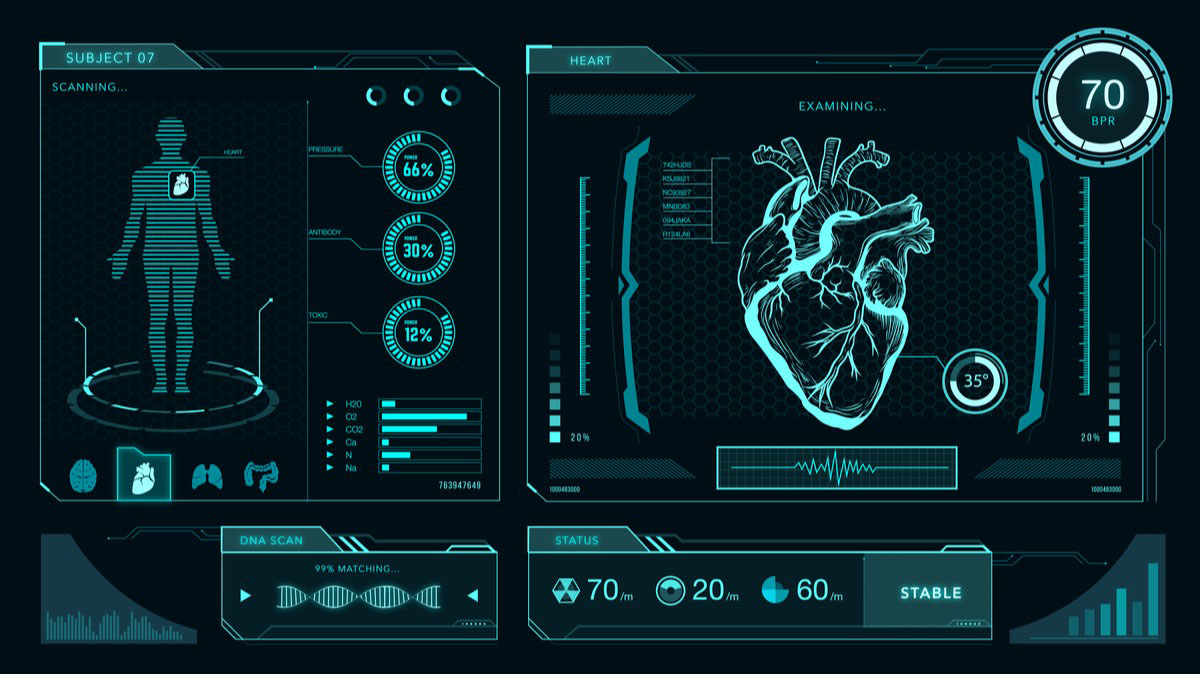Press Releases
Exploiting the Edge: Research reveals $17 billion in market opportunity for service providers

Only 6% of enterprise decision-makers would turn to service providers for their Edge implementations.
Organisations are looking at Edge as a pathway to reducing data management costs by up to 20%.
New research from WWT, conducted with Analysys Mason, shows that telecoms service providers are struggling to gain mindshare among enterprises for Edge deployments. Despite their acumen in connectivity, just 6% of enterprise decision-makers would turn to service providers for their Edge implementations.
The report, ‘The Edge Disconnect’, identifies the scale of the Edge opportunity for service providers. It brings into sharp relief the disconnect telecoms service providers must overcome if they are to change enterprise perceptions and realise that opportunity.
The findings in the report are clear: enterprises want Edge. Our research surveyed six industries across four countries to better understand enterprise decision makers’ attitudes, needs and challenges as they relate to Edge. Based on their strategies, we calculated that there is more than $17 billion in market opportunity for service providers acting as Edge implementation partners over the next three years.
This research determined that 59% of that $17 billion sits at the level of user-facing application and service platforms. By value, the role of the ‘Edge application enabler’ far outstrips the more connectivity-centric roles service providers can play in deploying Edge. Offering services closer to the end-user presents by far the most lucrative opportunity.
The report identifies 30 use cases that will deliver the greatest revenue potential across six industries. But the key drivers are consistent, no matter the sector: the ability to process and deliver business-critical data in a way which protects its integrity and produces new cost efficiencies is what makes Edge truly compelling. Indeed, organisations are looking at Edge as a pathway to reducing data management costs by up to 20%.
Today, just 6% of enterprise decision-makers would turn to service providers for their Edge implementations. But service providers’ deep understanding of connectivity still confers an advantage. By filling gaps in their vertical expertise, they can become one-stop-shops for the connectivity, infrastructure and applications that will make enterprise Edge deployments truly transformative.
Daniel Valle, Chief Technologist – Service Providers EMEA at WWT said: “Edge Computing is transforming the way enterprises manage data. As 5G becomes a reality, Edge will provide the backbone for game-changing applications across data-intensive areas such as sensor-based activity recognition, AI, smart mobility, robotics and real-time digital experiences.
“Service providers’ deep understanding of connectivity confers an advantage. By filling gaps in their vertical expertise, they can become one-stop-shops for the connectivity, infrastructure and applications that will make enterprise Edge deployments truly transformative.
“Service providers should look to grasp the edge opportunity, and make sure businesses are ready to become a go-to Edge implementation partner.”
Press Releases
Monty Mobile: The First Company in the Middle East & Africa to Provide 5G End-to-End Solutions for Telcos

Monty Mobile provides an in-house, cost-effective, well-optimized 4G+ and 5G end-to-end wireless solution serving both small and large-scale mobile and fixed operators targeting both urban and rural areas.
Moreover, operators are offered flexible payment plans for up to 5 years, first payment after 3 years, helping them stay ahead of their competitors.
This on- cloud solution guarantees improved scalability, mobility and security in addition to great savings on both CapEx and OpEx.
With this solution, Monty Mobile is introducing an alternative to Tier1 Telecom Suppliers such as Ericsson, Huawei, Nokia, and ZTE.
“The best is yet to come; stay connected!”, says Mountasser Hachem, Founder & Chairman of Monty Mobile.
More details regarding this full end-to-end solution will be disclosed in the Inside Telecom magazine next month in an exclusive interview.
Press Releases
Africa’s Leading Independent Telecommunications Services Provider, Phase3 Telecom moves onto Digital Connectivity Enterprise in Nigeria and West African Sub-region

The upgrades will cover security features, performance enhancements. agile update capacity and quality delivery mechanisms.
ABUJA, Nigeria, March 10, 2022: Africa’s leading independent aerial fiber optic network infrastructure and telecommunications services provider, Phase3 Telecom, is enabling advanced digital connectivity, improved performance and enhanced network security for enterprise. This drive is targeted at cost efficient and unified network endpoint management for businesses in Nigeria and the West African sub-region.
This development is also designed to amplify Phase3 enterprise value active network deployments for MSMEs, large scale corporates and institutions.
According to the company’s executive chairman – Stanley Jegede, “this expansive service optimization is targeted at improved coverage on Phase3 network routes through Africa as well as to assure solutions that help businesses transform and scale seamlessly.
He says, “Phase3 current network upgrades is an ongoing exercise and will cover security features, performance enhancements, agile update capacity, and quality delivery mechanisms for enterprise segments. Especially in the areas of productive work-from-anywhere or do-business-from-anywhere and digitized remote connectivity solutions”.
In addition to the company’s focus to increase enterprise based networks data handling capacity and their capability to access data within dissimilar sources faster vis-a-vis smarter, as today’s global clime demands.
Jegede, in his concluding statement says, “Phase3 layered digital capabilities will both enhance Phase3 network architecture and compliment legacy connectivity service experience in remote locations with significant Phase3 presence and network access points.
About Phase3 telecom
Phase3 Telecom is a leading independent fiber optic infrastructure with Points-of-Presence (POPs), colocation, and NOCs in Nigeria. Issued a National Long Distance Operator (NLDO) license in 2003 by the Nigerian Communications Commission (NCC), and with a vibrant as well as a dedicated team of experienced professionals, we are the network of choice for high-performance, data-intensive and low latency connectivity that span dedicated internet access, MPLS VPN, metro ethernet, wide area network solutions etc. We currently operate across the ECOWAS region and international markets through strategic partnerships that allow us to connect our clients across 400 cities worldwide. And ours is an extensive and secure network with end-to-end capabilities that service providers and businesses can rely on to scale, manage costs and assure efficiency. As our network continues to evolve into other layered service streams, including cloud-based and network security solutions – our invaluable clients will continue to remain the core of every investment that we make; innovation that we create; and technology that we adopt during the 4th industrial revolution to position us as the network of the future.
Press Releases
Digital Therapeutics Revenue from Health Insurers to Reach $8 Billion Globally by 2026

Hampshire, UK – 14th March 2022: A new study from Juniper Research has found that digital therapeutics revenue from health insurers will increase to $8 billion by 2026, up from $1.1 billion in 2022; representing a growth of 610 percent over the next four years. Digital therapeutics are clinically validated software programs for the treatment of chronic medical conditions, either independently or in conjunction with other therapies.
The report found that digital therapeutics facilitate the proactive mitigation of chronic medical conditions before they require costly interventions; enabling health insurers to reduce long-term costs per patient. However, it highlighted that these savings will be limited to health insurers in developed regions, where consumer devices and digitalized health infrastructure are ubiquitous. As such, it noted that health insurers in Africa and Latin America will contribute less than 2 percent towards health insurer-led digital therapeutics revenue in 2026.
A new research, Digital Therapeutics & Wellness: Key Trends, Business Models & Market Forecasts 2022-2026, identified that insurers will also benefit from an ongoing shift among digital therapeutics vendors towards engagement- and results-based payments. It recommends that therapeutics providers looking to leverage this trend prioritize the development of performance benchmarks, as demonstrating improvement and preventing patient abandonment will become a direct monetary issue.
Machine Learning to Move into Advisory Role as Liability Issues Emerge
The report forecasts that the number of people using digital therapeutics will increase by 381% over the next four years, and recognizes that machine learning will be key to this growth by facilitating advanced data analytics, remote patient monitoring, and real-time conversational coaching. However, it cautioned that an ongoing lack of standards surrounding the use of machine learning within digital therapeutics will result in vendors limiting its role in their offerings.
Research author Adam Wears explained: “As developers and healthcare providers increasingly grapple with issues of liability and malpractice, machine learning will transition from a patient-facing role to a diagnostic tool offered through provider-facing dashboards; to be used by clinicians and specialists in a manner akin to traditional computer-aided diagnostics.”























